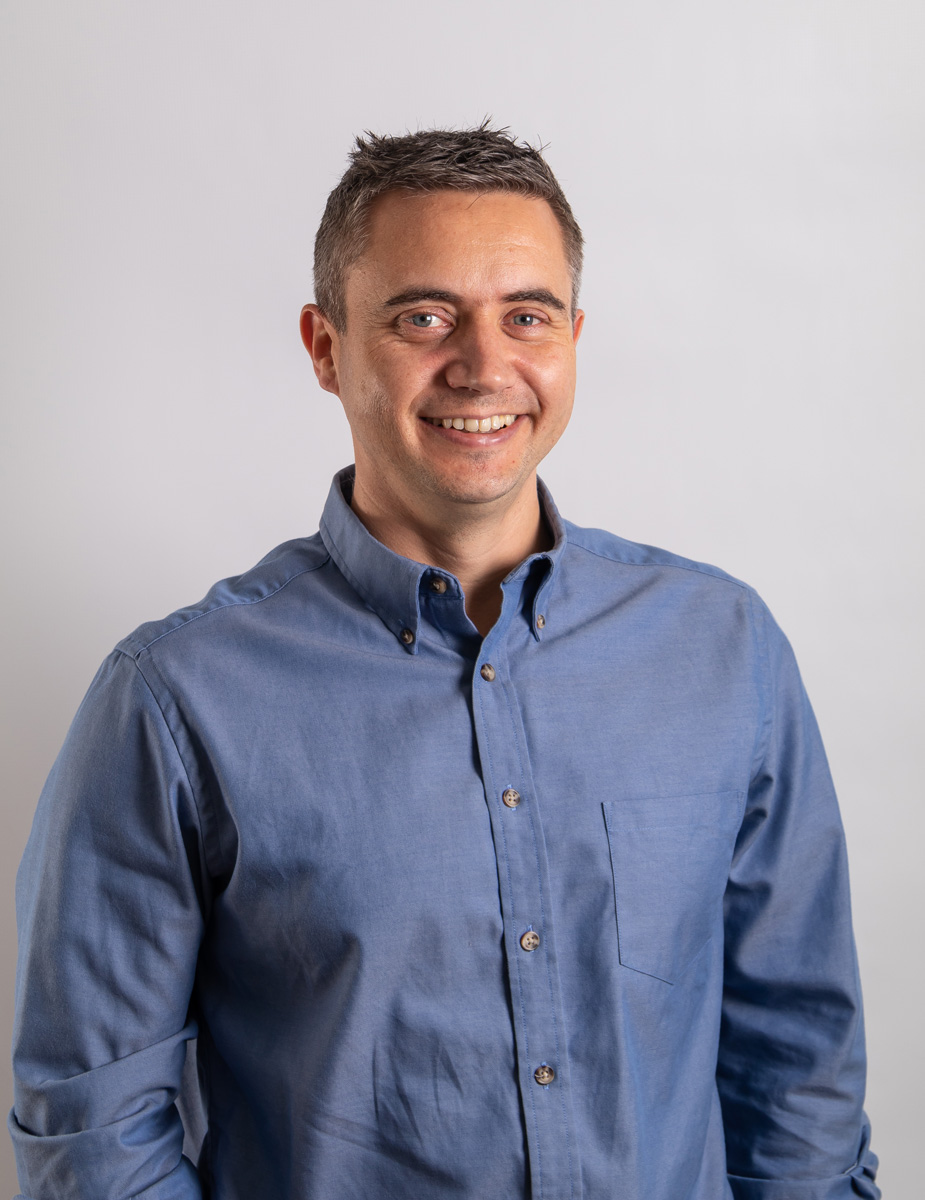Our Commercial Director, Stanley Leask, discusses his career path into construction, what it’s like to work for Thames & Newcastle, and the challenges and opportunities shaping the industry.
When and how did your construction career start – and was it your plan to always work in the industry?
The honest truth is that I left school not knowing what I wanted to do with my life. My dad set up Thames & Newcastle in the mid 80s, so I began working for him as a labourer on site.
After looking into construction-related degrees, I decided to go into quantity surveying. I liked the idea of working with numbers and getting involved in the technical side of construction. I did a part-time degree in quantity surveying at the University of Westminster while still working for Thames & Newcastle, gaining practical experience of pricing jobs and other general admin.
How did your career progress after your degree?
After finishing my degree in 2003, I wanted to get some outside experience with a larger contractor, so worked for Durkan Pudelek for four years. I worked my way up from assistant quantity surveyor to project surveyor and got the chance to work on some of the company’s largest projects.
This stood me in good stead for my return to Thames & Newcastle in 2007. I worked as a managing surveyor for the business until 2009 when sadly, my dad’s business partner passed away. The business was restructured, and I became a 50-50 partner focusing on the commercial side such as pricing, procurement, and valuations.
What does a typical day now look like for you?
As Commercial Director, I oversee all the estimating for our projects and have overall responsibility for securing new business. This can include a wide range of activities such as managing new leads, negotiating contracts before they go to site, and driving our marketing strategy.
What has been your most memorable project?
One of my first jobs at Thames & Newcastle was a refurbishment at Kendalls Hall, a residential property in Hampstead, London. It wasn’t a particularly large project but had lots of unique design features that made it stand out, including a solid teak Japanese bath, and a very complicated ornate staircase with cantilevered steel and copper treads and a walnut handrail. My Dad’s background was as an engineer and I remember he came up with the design for how the steel treads would be made to appear to ‘float’ from the wall.
Another memorable project was the construction of our first double-storey basement which formed part of a new multi-million-pound luxury home, also in Hampstead. Delivered in 2012, this remains one of our largest and most challenging structural engineering jobs.
What do you like most about working for Thames & Newcastle?
As we focus on the high-end residential sector, I get the chance to work on projects I’m really passionate about. No two jobs are the same and that keeps work exciting. We don’t pursue leads or tenders just based on potential revenue. Projects must be the right fit for us as a team. We take great pride in what we do, so will only take on a job if we have a genuine interest in it as this will translate into better results for our clients. We spend the majority of our days at work, so it’s great to be able to have a say in the work you do each day.
What would you say are the biggest challenges and opportunities affecting the construction industry?
Post-Covid, labour and material shortages are still a challenge, along with backlogs in the planning system which continue to cause project delays. I strongly believe that, following the election, root and branch planning reform must be a priority to boost growth across the construction industry and wider economy.
I think the biggest opportunities will be generated by new technology, specifically the integration of various platforms for tasks such as estimating, BIM modelling and material pricing. By bringing these together, there is the potential for substantial cost savings and efficiency. There are some signs that this is already happening, but I suspect it could be at least another five to ten years before we see integration on a wider scale. When it does happen, the impact could be huge.”

